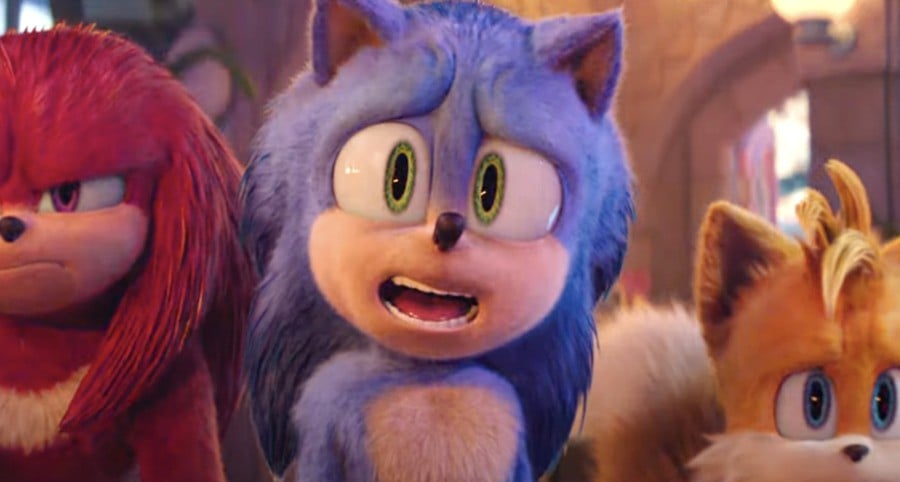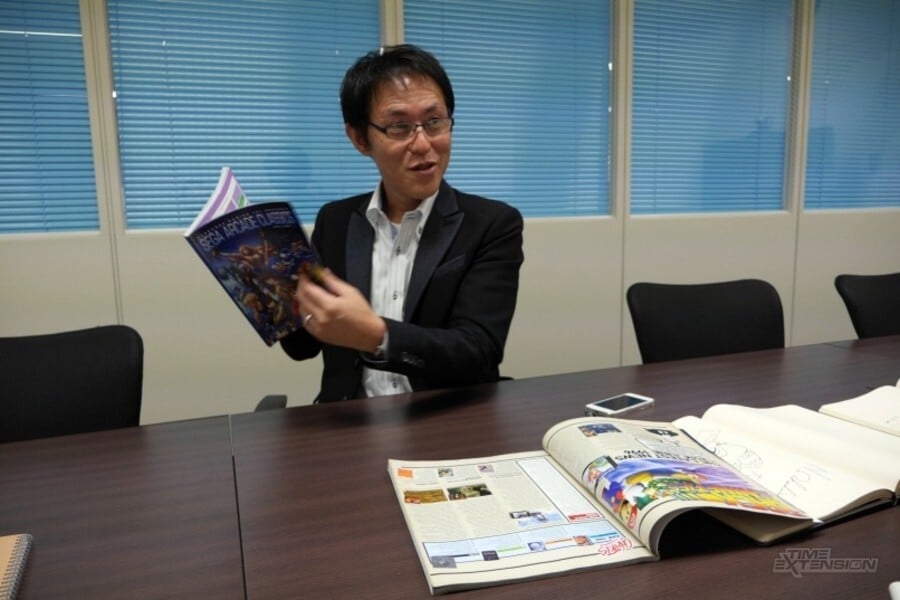
If you're a keen follower of movies, video games and movies based on video games, then you'll probably be quite excited about the third live-action Sonic movie, which is due to release next month.
The original 2020 movie and its 2022 sequel have amassed over $700 million at the global box office, giving Paramount Pictures and Sega Sammy a welcome injection of cash.
Ahead of the third movie's release, I recently had a conversation with video game historian and Time Extension contributor John Szczepaniak, who noted that, despite the fact that the movie series is almost certain to cross the billion-dollar mark thanks to Sonic 3, the character's original creator isn't credited anywhere in the first two films – and we doubt he will get mentioned in the third, either.
And no, we're not talking about Yuji Naka, who was utterly instrumental in the development of Sonic's groundbreaking Mega Drive / Genesis debut, or Hirokazu Yasuhara, who is credited as coming up with the gameplay and level design of the 1991 title. We're talking about artist Naoto Ohshima, who designed Sonic, and therefore has a legitimate claim to being the character's creator.
Now, this isn't going to come as a massive shock to many people. After all, Sega owns Sonic – the character was created during Ohshima's tenure with the company, and therefore, it can justifiably claim Sonic as its property.
Even so, there's something inherently wrong about a money-making juggernaut like the Sonic cinematic franchise not even having the decency to tip the hat to the person who was responsible for the character's look, personality and – let's face it – enduring success over the past few decades. Some of this is down to how Japanese video game companies treated their staff back in the '80s and '90s.

Speaking to Szczepaniak for his Untold History project over a decade ago, Ohshima explained how things worked in Japan:
I was credited as Rocky Nao in some games. Sega forbade us from using our real names in credits at the time. You know, I didn't put a ton of thought into my nickname, but I believe I had just seen the Rocky movie…. <laughs> It was probably to prevent headhunting and also for copyright reasons. Having real names provides evidence of what each person contributed to the game.
So, for example, that opens up the possibility that staff members could claim ownership over their work and sue for a percentage of the game's revenue. Such a lawsuit probably wouldn't fly under Japanese law, but in another country, who knows? Nowadays, companies deal with this issue by making new employees sign an agreement that anything they create while employed at the company belongs to the company. But there was nothing like that in those days.
Contrast this with Shigeru Miyamoto, whose name is listed in the credits for The Super Mario Bros. Movie. Granted, Miyamoto is still employed by Nintendo and is a much higher-profile name than Ohshima, but would even the tiniest acknowledgement be out of the question, especially as he's the person Sega has to thank for crafting such an iconic and instantly recognisable character?
As Ohshima hints in his quote above, this is perhaps related to the age-old Japanese mindset that anyone who receives credit may attempt to challenge their former employer when it comes to carving up enormous amounts of profit. And it's not like Ohshima is on his own here; while Pac-Man creator Toru Iwatani has a cameo in the risible 2015 Adam Sandler movie Pixels, Pac-Man's ownership is attributed to Bandai Namco, not Iwatani. He doesn't even get a "characters created by" credit.
While Szczepaniak says that Ohshima displayed a certain "melancholy" about the situation during their interview back in 2014, he doesn't seem to be too cut up about it today and has been supportive of the Sonic movie franchise, even sharing new artwork for it. He clearly has a degree of pride for the character he conjured up all those years ago, even if his name isn't inexorably connected with him.
Even so, we'd sure it would mean a lot to the man who made Sonic to at least see his name linked to the character's live-action escapades – but that's simply not the way this industry seems to work.
